In the early 1800s, chlorine dioxide was first discovered by a Swedish chemist named Carl Wilhelm Scheele. However, it wasn’t until 1834 that another chemist, Antoine-Jerome Balard, realized that chlorine dioxide was a separate chemical compound.
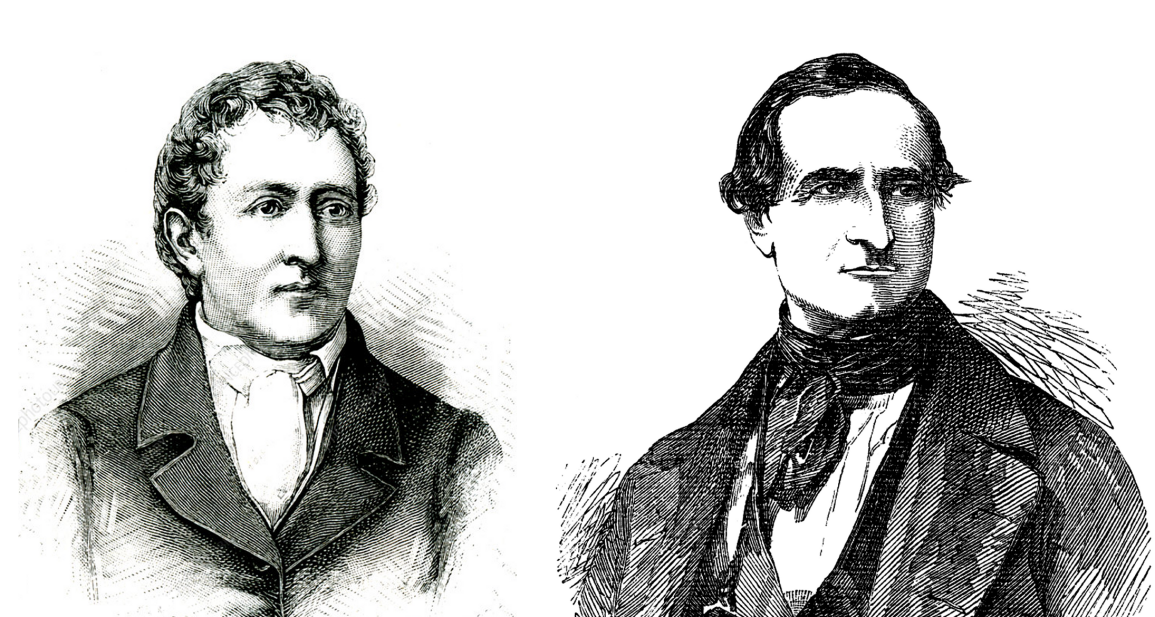
For centuries, people have sought to uncover the secrets of nature and unlock its mysteries. One of these discoveries was made in 1814 when a Swedish chemist named Berzelius identified the chemical compound Chlorine dioxide for the first time. However, it was not until 1860 that English chemist Sir Henry Enfield Roscoe understood its true nature and properties.
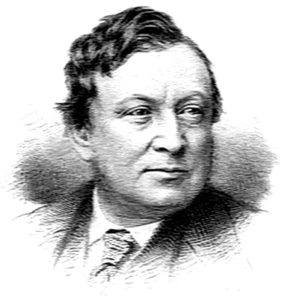
Since then, this chemical has been integral in many different industrial processes, from water treatment to food preservation. In this article, we will explore what Chlorine dioxide is, and its uses in modern industry. We will also discuss its potential risks and dangers as well as ways to mitigate them.
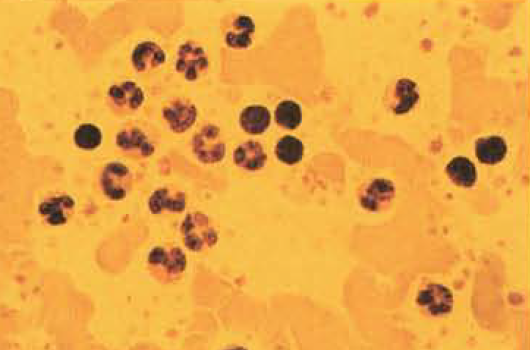
What is chlorine dioxide?
Chlorine dioxide is a chemical compound that is mostly used as a disinfectant. It is a strong oxidizing agent having many uses. It can be used to bleach fabrics and disinfect surfaces. Chlorine dioxide is also used as a water treatment chemical to disinfect drinking water and swimming pool water.
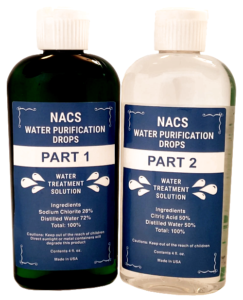
What are its uses?
The modern use of chlorine dioxide
Chlorine dioxide was first used as a disinfectant in 1847, and its use has grown steadily since then. Even today, it is one of the most important disinfectants in the world, used in a wide variety of applications, including water treatment, food processing, swimming pools, and hospitals.
In the Late 1900s, The American Society of Analytical Chemists declared that “Chlorine Dioxide is the most powerful pathogen killer known to man.” That still holds true today.
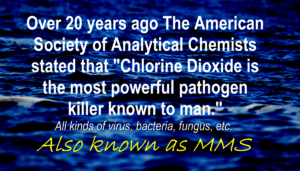
Another benefit of chlorine dioxide is that it is relatively safe to use. When used correctly, it poses no risk to human health or the environment. This makes it an ideal choice for many different settings where safety is a concern.
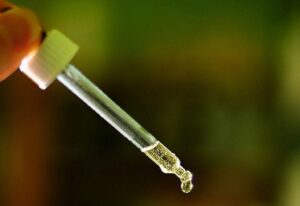
Chlorine dioxide is a versatile and effective disinfectant that offers many advantages over other options. As a result, its popularity is likely to continue to grow in the years to come.
Chlorine dioxide is used as a disinfectant and can also be used to treat water. When used in water treatment, chlorine dioxide helps to remove organic matter and bacteria from water.

Recently, in the last 30 years, it has been used as a medicine to eliminate bad germs, heavy metals, fungus, and detox the human body.

Are there any dangers associated with it?
Chlorine dioxide is used as a powerful oxidizing agent that can be dangerous if not used properly. Ingesting or inhaling large amounts of chlorine dioxide can cause serious health problems, including death. However, when taken as directed as a medication, take at the most, 3 drops in a glass of water, chlorine dioxide is safe and effective, as well as improving your health by eliminating harmful germs and detoxing your body from heavy metals.
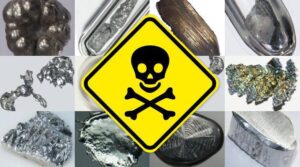
Chlorine Dioxide for Personal Use
As above, It was mentioned that a person could take the solution for health purposes in cleaning up their body of toxins and becoming even more healthy.
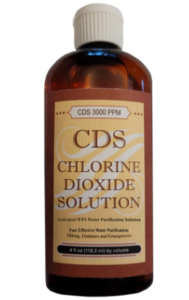
Also, People have been drinking it as a water purifier for over 80 years, and nobody has died from drinking it.
Basic Daily Dose of CDS 3000
In a 1 liter (34 fl oz) non-metallic water bottle add 2 teaspoons (10 ml) of CDS 3000 and fill with distilled (preferred) or otherwise pure water. Drink throughout the day, at least once per hour, for 8 to 12 servings.
You may increase the dosage to 10 tablespoons (50 ml) per liter little by little over time if desired and/or tolerable.
If discomfort occurs, reduce dosage by dividing between two bottles and filling the remainder with water. You can steadily increase the dose if desired as the body becomes more acclimated to CDS 3000.

While chlorine dioxide is most well-known for its use in water treatment, it also has many other industrial services. For example, CLO2 is used as a bleaching agent in the pulp and paper industry and in textile manufacturing. It is also an effective disinfectant and sanitizer in food processing and is used in various industries to control microbial growth.
Conclusion
In conclusion, chlorine dioxide was discovered in the early 1800s through a series of experiments by French chemist Claude Louis Berthollet.
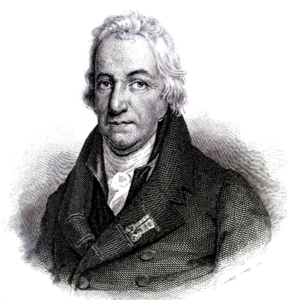
His discovery has since been improved and used in many industrial processes, including water purification, bleaching, deodorizing, and more. Chlorine dioxide is beneficial for treating pathogens without causing harm to humans or the environment. By understanding how it works and where it comes from, we can continue to use this vital chemical safely and effectively.

Leave a Reply